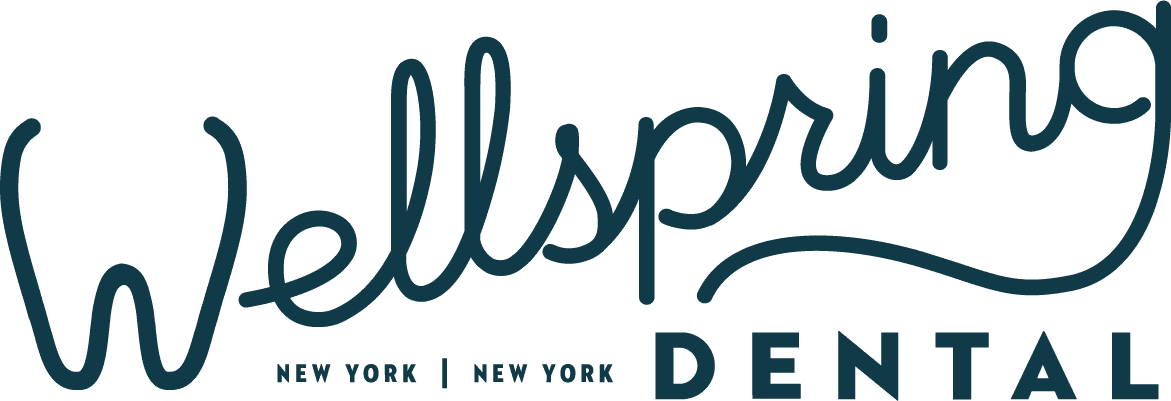The High Line is a public park that stretches 1.45 miles from Gansevoort Street in the Meatpacking District to 34th Street in Midtown. It is situated on the West Side of Manhattan. In order to transport freight to and from the city’s industrial districts, an elevated railway line was first built in the 1930s and is now the site of the park, which debuted in 2009.
Today, with millions of visitors each year, the High Line is one of New York City’s most well-liked and well-known parks. The park’s distinctive layout, which combines urban industrial infrastructure with natural green space, has established it as a role model for sustainable urban development and a testament to the city’s dedication to creativity and innovation.
One of the most striking features of the High Line is its design. A mix of industrial elements, like rusted steel railings and concrete columns, and natural elements, like wildflowers and grasses, can be found on the elevated platform of the park, which was constructed on the site of the original railroad tracks. The history of the railway and the surrounding industrial landscape served as inspiration for the park’s designers, James Corner Field Operations and Diller Scofidio + Renfro, who aimed to create a space that would reflect the area’s distinct character and history.
The High Line features a distinctive design as well as numerous art installations and exhibitions. The park frequently hosts performances, temporary art exhibits, and other cultural events, and it has developed into a hub for all kinds of performers, musicians, and artists. Some of the park’s most notable art installations include Janet Echelman’s “Every Beating Second,” a huge, billowing sculpture that hangs over the park’s southern entrance, and Spencer Finch’s “The River That Flows Both Ways,” which features colored glass panels that change color throughout the day to reflect the colors of the Hudson River.
But the High Line is more than just a hub for culture and the arts. It is also a well-liked location for leisurely outdoor activities. Visitors can unwind, read a book, or have a picnic in the park’s many seating areas, gardens, and open areas. Other recreational amenities include a lawn bowling green, a miniature golf course, and a number of playgrounds.
Simply strolling the High Line’s elevated pathway while admiring the city below is one of the most popular activities there. Visitors can see everything from the Hudson River to the Empire State Building from the park, and the park’s elevated setting offers a distinctive perspective on the urban landscape of the city.
In addition to its opportunities for leisure and culture, the High Line serves as an example of sustainable urban growth. The park has a number of green infrastructure systems, including green roofs and rainwater harvesting, and was constructed with sustainable and environmentally friendly materials. In order to lessen the project’s environmental impact and maintain the area’s industrial character, the park’s designers also worked to preserve and incorporate many of the original components of the railway, such as the steel railings and concrete columns.
The High Line’s contribution to the neighborhood, however, may be its most significant feature. The park has developed into a destination for people from all walks of life, and by luring new businesses, residents, and tourists, it has assisted in reviving the nearby neighborhoods. The park has contributed to the preservation of the local history and culture and serves as a reminder of the significant contributions that transportation and industry have made to the growth of the city.
As a unique and well-liked public park, the High Line exemplifies the best of New York City’s innovation, creativity, and sense of community. It serves as a model for urban development, a representation of the city’s vitality and diversity, and has a distinctive design that combines natural and industrial elements.
